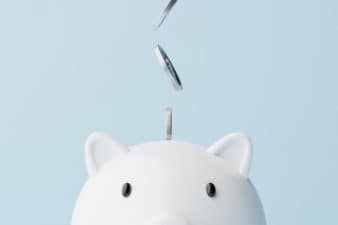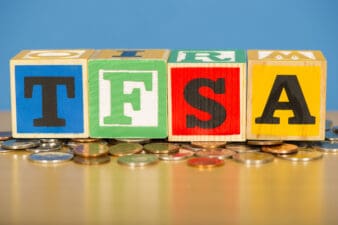It’s almost April, and you know what that means: it’s time to file those taxes!
The earlier you file your taxes, the sooner you’ll get your refund and any other cash you may be entitled to. The later you file, the more likely it is you’ll pay the late filing penalty, which is 5% of the balance owing plus 1% for each month you’re late. So, you should strive to file your taxes on time.
At the same time, you shouldn’t rush to file your taxes. It pays to be thorough when filing taxes because it can save you money. Specifically, by carefully going through all of your refunds, you may find tax-deductible/creditable expenses that can get you a bigger refund. In this article, I share three tax breaks you can claim that can get you a bigger payout from the Canada Revenue Agency (CRA).
Medical expenses tax credit
The medical expense tax credit is a 15% tax break for medical expenses. You can claim 3% of your income up to a maximum of $2,759 for the 2024 tax year. Expenses eligible for this credit include the following:
- Prescription medication
- Health insurance premiums
- Heat pumps
- Bathroom aids
- Medical cannabis
- Ramps for people with disabilities
- And more
If you add up all your prescriptions and other healthcare-related expenses in the run of a year, you might find that they total more than $1,000. So, the Medical Expense Tax Credit can save you hundreds of dollars.
FHSA contributions
A First Home Savings Account (FHSA) is a Registered Retirement Savings Plan (RRSP)-like account that you use to save up for a home. FHSA contributions can get you a sizable tax break. You can contribute up to $8,000 per year, and you get a tax break equal to the amount of tax you’d otherwise pay on that $8,000. If your marginal tax rate is 33%, you get a $2,666 tax break for making a $8,000 FHSA contribution. So, if you’re a non-homeowner planning on buying a home in the near future, be sure to make an FHSA contribution. It could save you money.
RRSP contributions
Last but not least, we have RRSP contributions. These give you a tax break similar to the one you get with an FHSA. The difference is, the RRSP does not let you withdraw funds tax-free. The RRSP’s tax-saving power is, therefore, somewhat lesser than that of the FHSA. Still, it’s worth making RRSP contributions.
You can hold investments in your RRSP and grow your money tax-free that way. Let’s say you hold $50,000 worth of BMO Canadian Dividend ETF (TSX:ZDV) units in an RRSP. By holding the fund in an RRSP, you pay no taxes on either the dividends or the capital gains. In a taxable account, you pay taxes on both. And to make matters worse, the dividends that ZDV pays out are immediately taxable on receipt — no way around it in a taxable account! So, an RRSP is the place to hold an ETF like ZDV.
By holding ETFs like BMO Canadian Dividend ETF in an RRSP, you can establish a passive-income stream that pays you in retirement. You do pay taxes on the dividends eventually, but if you wait until retirement to withdraw, you will probably not pay that high of a tax rate on them.









